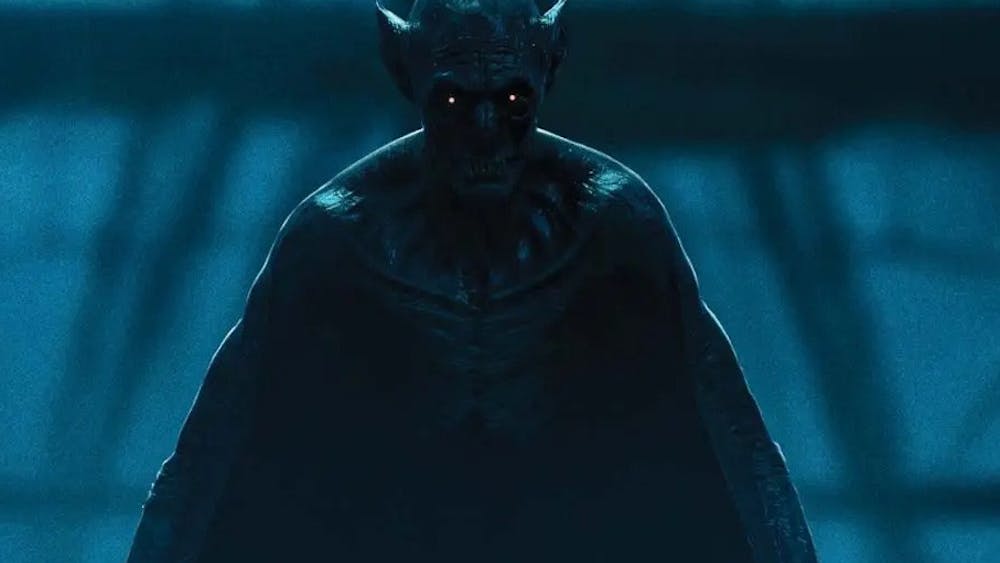Fueled by Bob Dylan’s “Tambourine Man” and a glass tinkling with ice, Hunter S. Thompson did things no one in American journalism or literature had ever done before. William McKeen’s book “Outlaw Journalist: The Life and Times of Hunter S. Thompson” chronicles the wild ride that was Thompson’s life from his birth in Louisville, Ky., to his funeral at Owl Farm in Colorado, where his ashes were shot from a double-thumbed fist as fireworks exploded in the background.
The book begins with McKeen’s recollection of the night he learned Thompson was dead and proceeds to lead readers up the mountain of financial troubles and rejection letters Thompson climbed in his quest to have his work published.
Thompson’s love of writing was rivaled only by his love of mischief, and “Outlaw Journalist” shows readers how the combination of these two forces continually pushed Thompson to each milestone in his life.
When many of his friends were heading to the East Coast for Ivy League educations, Thompson was on his way to Eglin Airforce Base in Florida to avoid further punishment for a prank he pulled just before his high school graduation.
It wasn’t long before the regimentation and structure of the military caused Thompson to begin looking for a way out. He found it as a sports writer for the weekly newspaper at his base, the Command Courier. With no prior newspaper experience (other than the neighborhood newspaper he and his friends put together when they were kids) Thompson broke many rules of American journalism and the English language in his first few weeks with the Command Courier. McKeen explains how this job allowed Thompson to begin practicing the techniques that became trademarks of his writing, such as inserting a fake editor’s note and writing about himself.
These forces combined again in the 1970s when Thompson botched an assignment from Sports Illustrated to cover the Mint 400 race in Las Vegas. This experience was the inspiration for Thompson’s most famous book and the 1998 motion picture of the same name: “Fear and Loathing in Las Vegas.” Some of the passages from “Fear and Loathing in Las Vegas” became famous quotations for Thompson’s biggest fans, such as the opening paragraph that begins, “We were somewhere near Barstow, on the edge of the desert, when the drugs began to take hold.” McKeen challenges readers to look past the drugs and shenanigans most readers remember “Fear and Loathing in Las Vegas” for by examining the excerpt that Thompson would later refer to as his best work.
“History is hard to know, because of all the hired bullshit, but even without being sure of ‘history’ it seems entirely reasonable to think that every now and then the energy of a whole generation comes to a head in a long fine flash, for reasons that nobody really understands at the time – and which never explain, in retrospect, what actually happened.”
Most people remember Thompson as the guy who wrote the book about doing a lot of drugs in Las Vegas. They fail to understand Thompson and what he was doing. “Outlaw Journalist” explains what was going on behind the cigarette holder and aviator sunglasses to a generation that has yet to experience a literary rock star like Hunter S. Thompson.
Outlaw Journalist, the man behind the reputation
Get stories like this in your inbox
Subscribe





